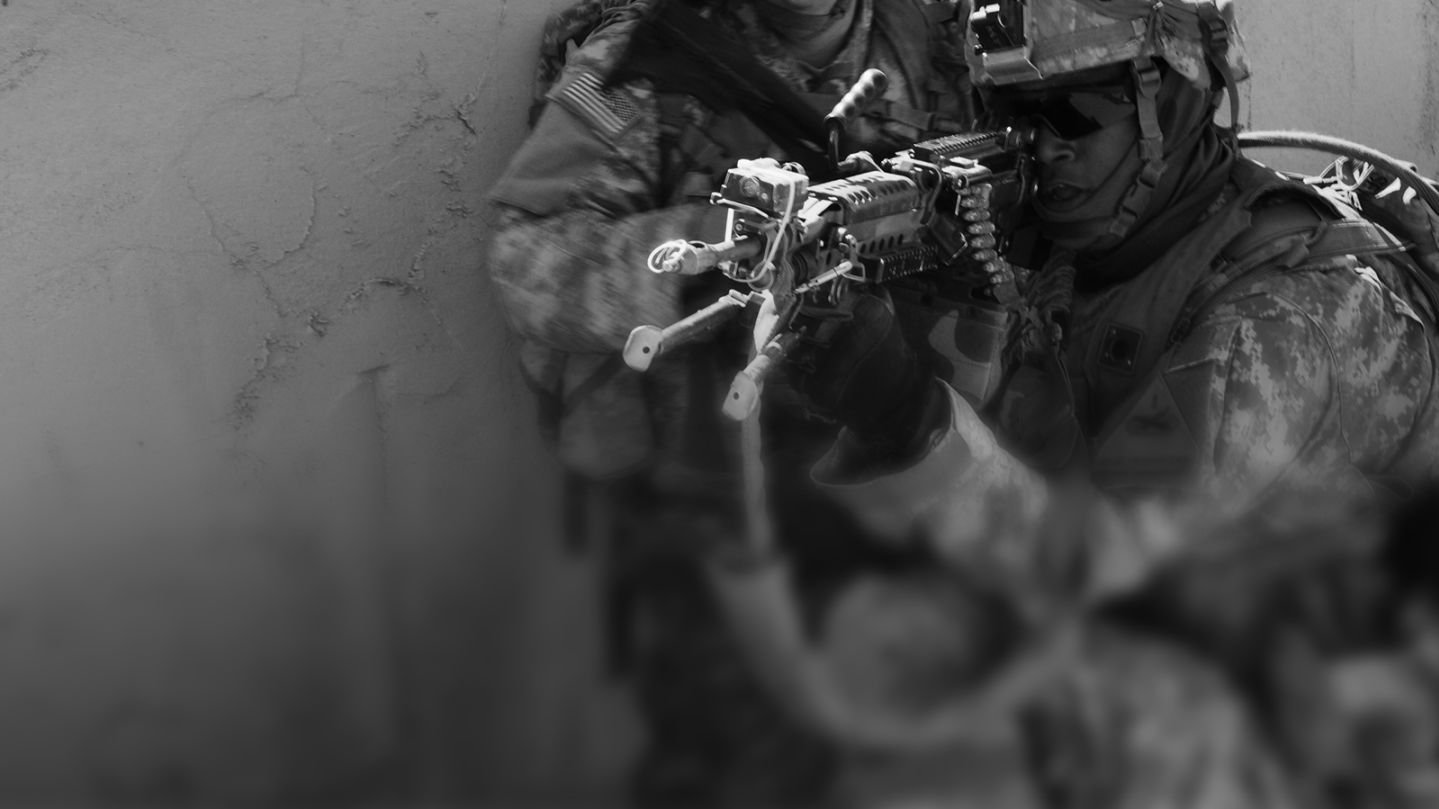Story highlights
Much of the South China Sea is subject to a series of territorial disputes between Asian nations
The USS John S. Stennis, USS Chung-Hoon, USS Stockdale, USS Mobile Bay and USNS Rainier have been operating there
A U.S. Navy aircraft carrier strike group is operating in the South China Sea, with the Chinese Navy apparently keeping close watch.
The Navy’s Seventh Fleet said in a press release Friday that the USS John S. Stennis, a Nimitz-class aircraft carrier, as well as the guided-missile destroyers USS Chung-Hoon and USS Stockdale, the guided-missile cruiser USS Mobile Bay and the supply ship USNS Rainier had been operating in the eastern part of the South China Sea since March 1 after passing through the Luzon Strait between the Philippines and Taiwan.
Chinese naval ships were “in the vicinity,” the U.S. Navy release said.
Much of the South China Sea is subject to territorial disputes between Asian nations, and tensions have increased as China asserts its claims over disputed areas by building infrastructure, including harbors and airstrips on islands in the sea and upping its military presence. Those areas, however, are in the western and southern portions of the South China Sea.
RELATED: China said it warned and tracked US warships in the South China Sea
Capt. Greg Huffman, Stennis’ commanding officer, noted an increase in Chinese activity near the ships in his strike group.
“We have Chinese ships around us that we normally didn’t see in my past experience,” Huffman said in the Navy release. He last deployed there in 2007.
Huffman said there had been no problems between the U.S. and Chinese ships.
“Everything I have heard over bridge-to-bridge channels has been good communications between professional mariners,” he was quoted as saying.
The Navy said the presence of the Stennis group is a routine deployment.
But the Seventh Fleet release mentions other recent movements “similar” to the current one that have had a broader mission.
Take the cruise by the guided missile destroyer USS Curtis Wilbur in January, which was described by the U.S. Defense Department as intended to challenge “excessive maritime claims that restrict the rights and freedoms of the United States and others.”
RELATED: Showdown in the South China Sea: How did we get here?
“This operation demonstrates, as President (Barack) Obama and Secretary (Ash) Carter have stated, the United States will fly, sail and operate anywhere international law allows. That is true in the South China Sea, as in other places around the globe,” the Pentagon said at the time.
The Curtis Wilbur, an Arleigh Burke-class guided missile destroyer, sailed within 12 nautical miles of the Triton Island. The island is part of the Paracel Islands, an archipelago claimed by China, Taiwan and Vietnam in the western portion of the South China Sea.
A spokesman for China’s legislature said Friday that it is Washington, not Beijing, that is heating up “militarization” of the South China Sea.
“Some reports try to blame China for affecting freedom of navigation and undermining the stability of this region,” Fu Ying is quoted as saying by China’s state-run Xinhua News Agency.
“Such practice misrepresents the situation. Talking about militarization, if we look at those advanced ships and aircraft going in and out of the South China Sea, aren’t most of them from the U.S.?” Fu is quoted as saying by Xinhua, which added, “Fu shared her views as an ordinary Chinese.”
CNN’s Barbara Starr and Joshua Berlinger contributed to this report.
































